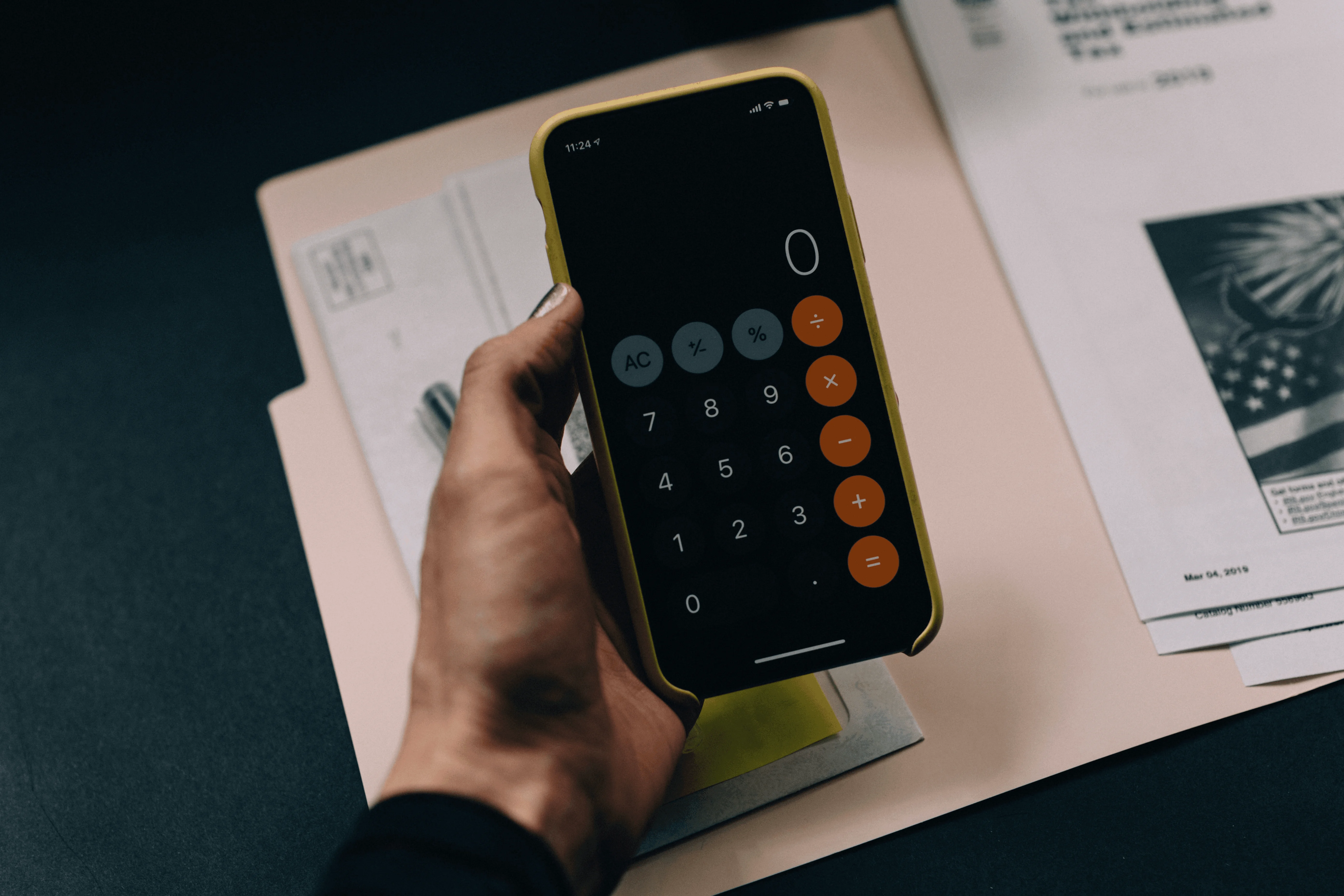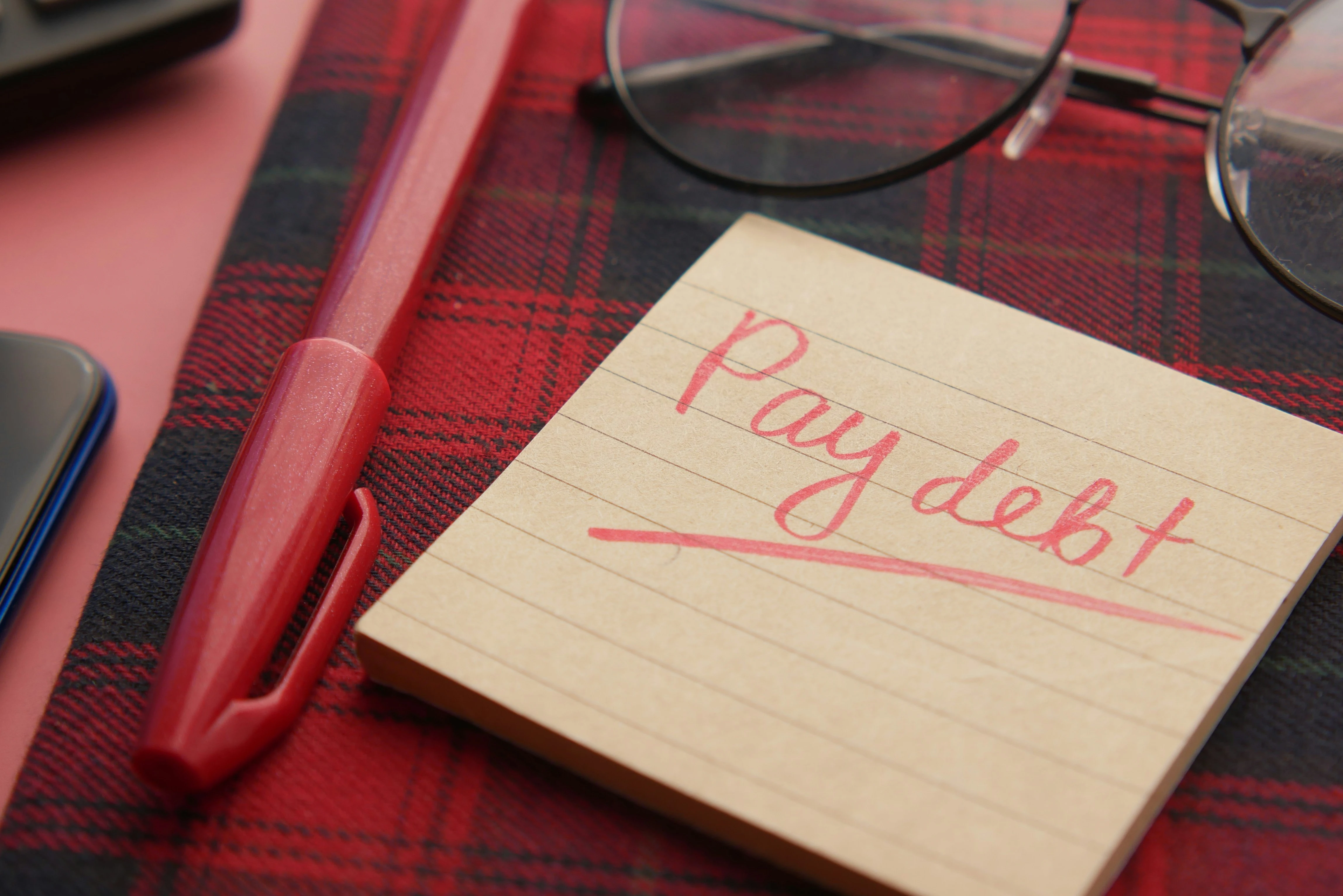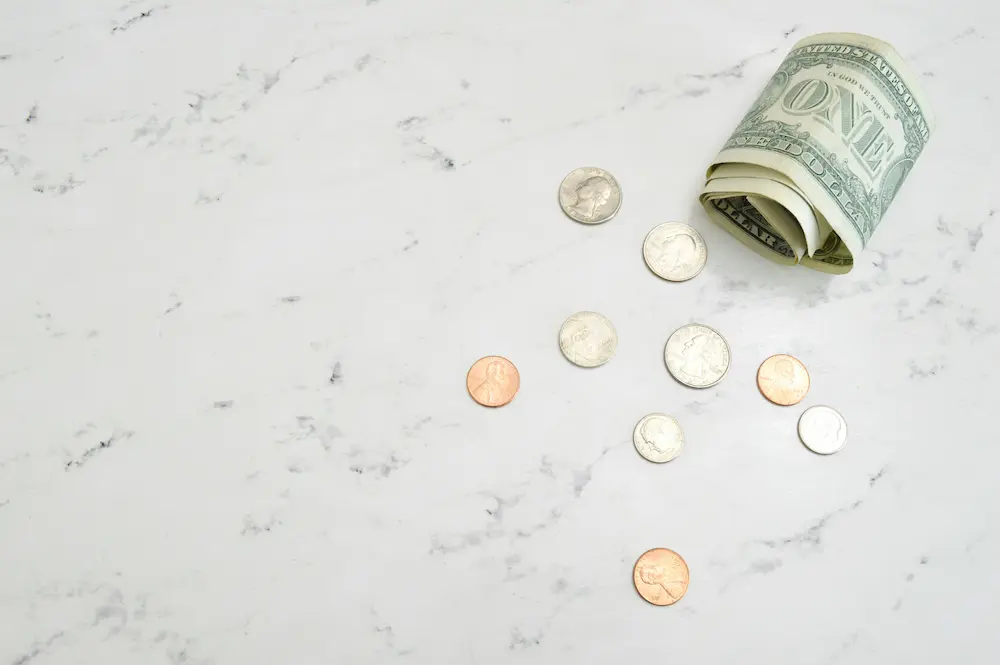
Simple SolutionsDIY Credit RepairThat Actually Works
Take control of your financial future with expert guidance, proven tools, and step-by-step resources to improve your credit score.
Credit Repair Tools
Take advantage of our professional-grade tools designed to help you improve your credit score and manage your finances.

Credit Score Calculator
Estimate your credit score based on the key factors that affect it and get personalized recommendations for improvement.

Dispute Letter Generator
Create professional dispute letters to challenge errors on your credit report following proven templates.
Looking for more ways to improve your credit?
Explore Our Credit GuidesBenefits of DIY Credit Repair
Take control of your credit by learning how to manage and improve it yourself, saving money and gaining valuable financial skills in the process.

DIY Approach Saves Money
Learn how to repair your credit yourself without paying expensive credit repair companies.

Empowerment Through Knowledge
Understand the factors that affect your credit score and how to improve them step-by-step.

Take Control of Your Financial Future
Learn long-term habits that will keep your credit healthy for years to come.
Ready to start improving your credit score today?
Explore Our Credit ResourcesCredit Facts: Did You Know?
- 35% of your credit score is determined by your payment history alone.
- You're legally entitled to one free credit report from each major bureau every 12 months.
- Credit bureaus must investigate disputes within 30 days under federal law.
- Keeping credit utilization below 30% can significantly boost your score.
Credit Repair Glossary
Understanding credit repair starts with learning the terminology. Browse our comprehensive glossary of important credit terms to boost your financial literacy.
A numerical rating that represents your creditworthiness based on your credit history.
Learn MoreThe process of challenging incorrect or inaccurate information on your credit report.
Learn MoreLatest from Our Blog
Expert advice and insights to help you understand credit repair and improve your financial health.

How to Dispute Errors on Your Credit Report
Learn the step-by-step process for identifying and successfully disputing errors on your credit report.
Read Article
5 Fastest Ways to Boost Your Credit Score
Discover actionable strategies that can help improve your credit score in 30 days or less.
Read Article
Understanding Credit Utilization: Your Complete Guide
Learn how credit utilization affects your score and strategies to keep it at optimal levels.
Read ArticleGet Your Free Credit Repair Action Plan
Join thousands of people who have improved their credit score with our step-by-step credit repair guide.
- Personalized credit improvement roadmap
- Dispute letter templates
- Credit score tracking worksheets
- Monthly credit repair tips via email
Download Your Free Guide
Fill out the form below to get instant access